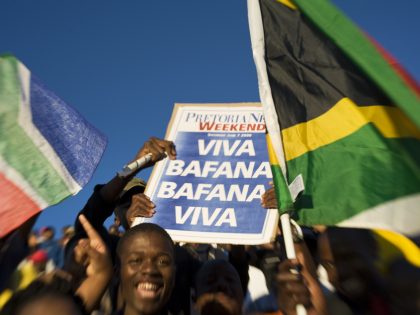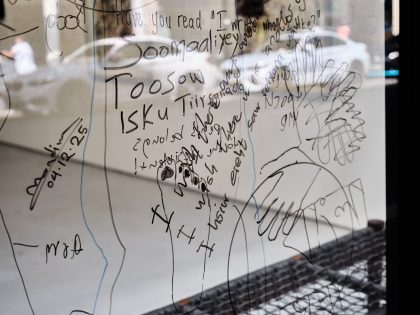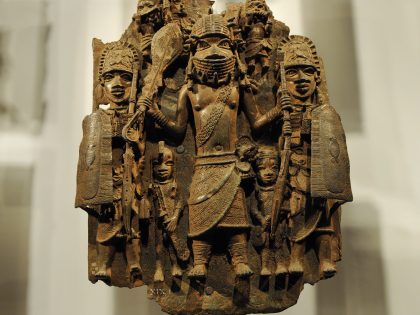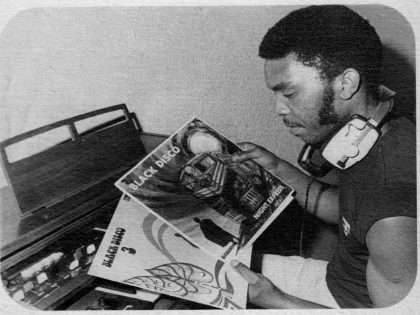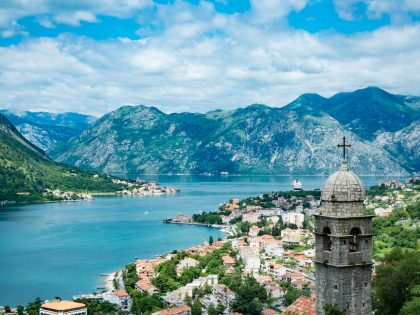Black History in Amsterdam
Discovering that history lessons are best learned when you look up whilst walking through the small streets of the Netherlands' commercial capital.

Image: Chandra Frank.
Recently on a sunny afternoon we, fellow AIAC’er Serginho Roosblad and I, ventured out to learn more about the history of black people in Amsterdam and the contribution they made to the city since its early days. Surely there must be more to people of color in our hometown than the yearly Sinterklaas parade with his black servants. Luckily there is the Black Heritage Amsterdam Tours (BHAT) that offers guided walks on the contributions of the African Diaspora to Dutch society from the 16th century to the present. As with the celebration of 400 years of the city’s famous canals there are loads of exhibitions, series and festivals on Dutch colonial history, including on the role the Dutch East India Company (VOC) played, but conveniently no one ever mentions how the Dutch got so rich during this period.
The tour starts on Amsterdam’s central Dam Square. Tour leader and founder Jennifer Tosch explains that even today some Dutch families blatantly lie about their forefathers’ involvement with slavery. Some families, even with all the public records to prove otherwise, continue to claim that their wealth came from catching herring.
The canals it turns out were a prime location during slavery for storing as goods that came from the Far East and the New World in the grandiose buildings that were built along the waterways. Even today, the buildings that were once warehouses and now mini palaces are in the hands of families who not only traded in coffee, vanilla and other spices, but also in slaves. Some of these canal houses have been turned into museums and are open to the public. With a little probing you’ll get references to the connection the family had to slavery, although it’s not mentioned anywhere in the museum.
The presence of Africans in the Netherlands during these times is often forgotten or literately dismissed. Walking into one of the canal houses on the tour, we noticed a painting with a black servant in the background. The explanation by the painting reads something like: “The African in the picture is actually not a real person but is a symbol for Asian wealth.”
We also discovered that history lessons are best learned when you look up whilst walking through the small streets of Amsterdam. You might encounter a ‘Vergulde Gaper’ like we did. These are images of so-called Moors from North Africa. Early herb traders used performers to show how good their medicine was. They would put a pill on the tongue of the Moor performer and he would magically be healed and start dancing and singing. Not unlike the Black Petes during the annual Sinterklaas parade.
- If in Amsterdam and wanting to learn something that is not in the travel books, check out Black Heritage Amsterdam Tours.

